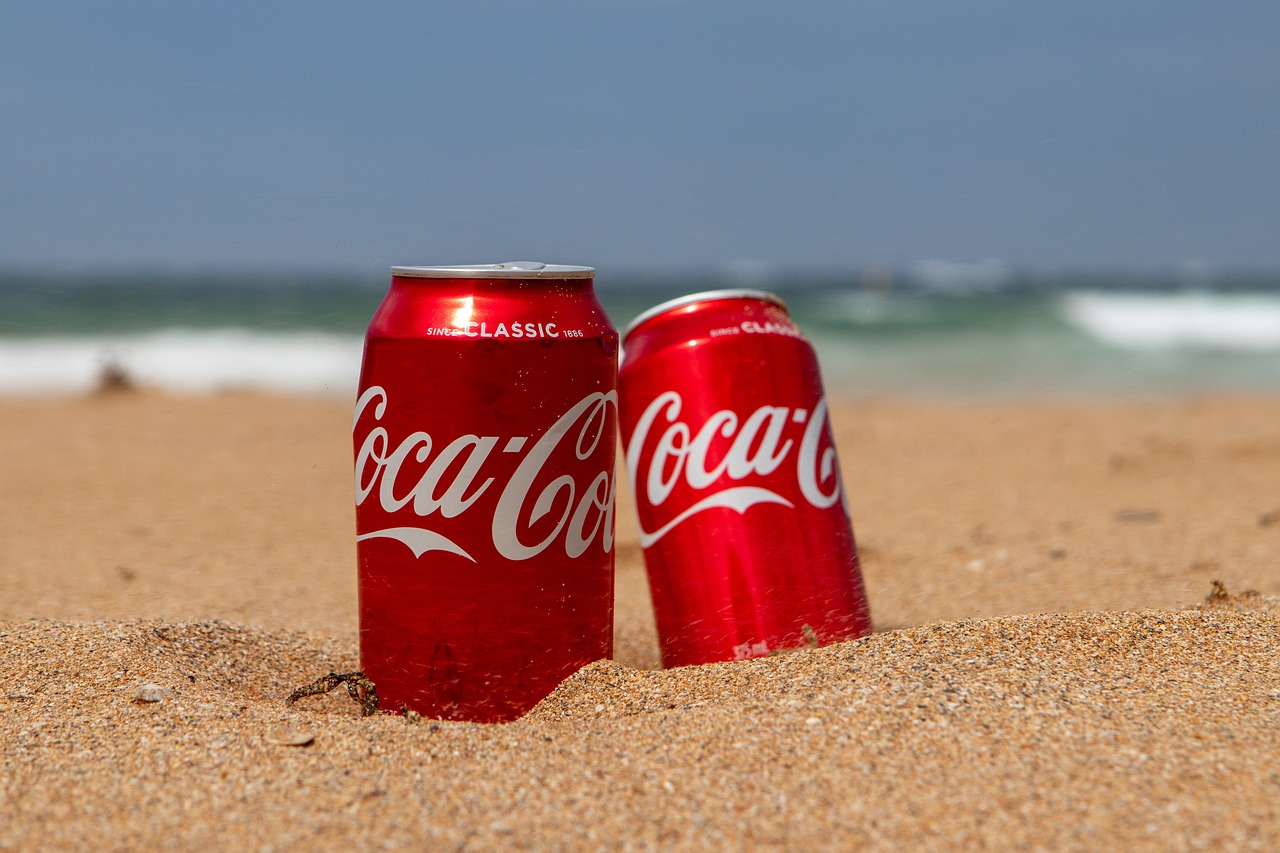In the bustling streets of late 19th-century Atlanta, Georgia, a pharmacist named Dr. John S. Pemberton was on a quest to create a new medicinal tonic. Little did he know that his concoction would evolve into one of the world’s most iconic beverages: Coca-Cola.
Dr. Pemberton, a trained pharmacist with a penchant for experimentation, sought to develop a remedy that would alleviate various ailments, including headaches, fatigue, and digestive issues. Drawing inspiration from the popular patent medicines of the era, which often contained alcohol and herbal extracts, Pemberton began formulating his own elixir in his laboratory.
The key ingredient in Pemberton’s concoction was the coca leaf, sourced from South America, known for its stimulating properties. To extract the active compounds from the coca leaf, Pemberton employed a unique extraction process involving coca leaves and kola nuts, which were rich in caffeine.
After months of experimentation and refinement, Pemberton finally arrived at the perfect formula. He combined his coca extract with carbonated water, sugar, and other flavoring agents to create a refreshing and invigorating beverage. The result was a dark, effervescent liquid that he named “Coca-Cola.”
In May 1886, Pemberton introduced Coca-Cola to the public at Jacobs’ Pharmacy, a local drugstore in Atlanta. Initially marketed as a medicinal tonic, Coca-Cola quickly gained popularity among patrons who praised its unique flavor and energizing effects.
As word of Coca-Cola spread, demand for the beverage surged, prompting Pemberton to establish the Coca-Cola Company to oversee production and distribution. With its distinctive taste and purported health benefits, Coca-Cola became a ubiquitous presence in soda fountains and pharmacies across the United States.
However, Coca-Cola’s journey to success was not without its challenges. In 1891, amid growing concerns about the potential health risks associated with its ingredients, including the coca leaf’s cocaine content, the state of Georgia passed legislation regulating the sale of beverages containing narcotics. In response, Pemberton reformulated Coca-Cola, removing the coca extract and replacing it with a blend of natural flavors and extracts.
Despite these setbacks, Coca-Cola continued to thrive, evolving from a medicinal tonic to a beloved soft drink enjoyed by millions around the world. In 1893, the Coca-Cola Company debuted its iconic contoured glass bottle, which would become synonymous with the brand.
Throughout the 20th century, Coca-Cola underwent various marketing campaigns and product innovations, solidifying its status as a cultural icon. From its sponsorship of sporting events to its iconic advertising slogans, such as “The Pause That Refreshes,” Coca-Cola captured the hearts and minds of consumers worldwide.
Today, Coca-Cola remains one of the most recognizable and widely consumed beverages globally, with a presence in over 200 countries. Its enduring popularity speaks to the timeless appeal of its crisp, refreshing flavor and its ability to evoke a sense of nostalgia and joy in consumers of all ages.
In conclusion, the invention of Coca-Cola by Dr. John S. Pemberton represents a pivotal moment in the history of the beverage industry. From its humble beginnings as a medicinal tonic to its status as a cultural phenomenon, Coca-Cola’s journey is a testament to the power of innovation, perseverance, and the enduring appeal of a great-tasting soda.
